Labor blasts state government over Kangaroo Island recovery fund
Less than half of a multimillion-dollar fund desperately needed by Kangaroo Island’s biggest industry has been spent, the opposition says.
SA News
Don't miss out on the headlines from SA News. Followed categories will be added to My News.
The state government has been blasted by the opposition for only spending less than half of the $20m slated for bushfire recovery projects on Kangaroo Island so far, amid concerns there aren’t enough tourism experiences operating to cope with a school holiday boom.
Just $8.75m was spent on the island’s recovery in 2020-21, despite a total allocation of $20.35m.
None of a budgeted $2.61m was spent at Seal Bay in the same period.
But Kangaroo Island Mayor Michael Pengilly said he wasn’t concerned about the funding rollout.
Environment Minister David Speirs said an extensive consultation process meant only a portion of the money could be spent last financial year.
Labor MP Leon Bignell, whose seat covers the island, said local tourism operators were “craving experiences” amid a boom in visitors.
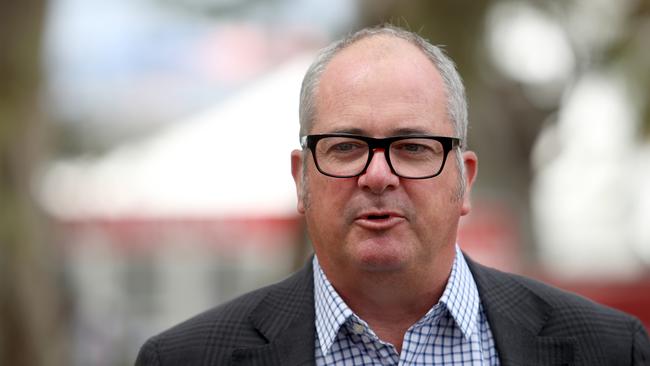
“Kangaroo Island is experiencing its best July school holidays in memory,” Mr Bignell said. “But because of the lack of work done by the (Liberal) government, there are fewer activities to do now.”
Western KI Caravan Park owner Mark Jago said his business had received “great support” during the recovery process.
“However, people are looking for the experiences here, and there are quite a few things still closed up,” he said.
Mr Speirs insisted the government was “getting on with the massive job” of rebuilding the island, which was ravaged in the 2019-20 summer fires.
“It’s important we bring the local Kangaroo Island community along with us on the journey, which is why we have undertaken a significant and lengthy consultation process, which has recently finished, but was extended due to the Covid-19 pandemic,” Mr Speirs said.
“We want to ensure we take the time to get these new experiences right, so they serve the Kangaroo Island community for generations to come, such as a new Western Visitor Hub.”
Mr Pengilly said he was “very comfortable” with the government’s expenditure and that unspent funds would be rolled over to this financial year.
“The government has been consulting with myself and the council for quite some time,” Mr Pengilly said.
“We want to make sure that we get the best bang for buck.”
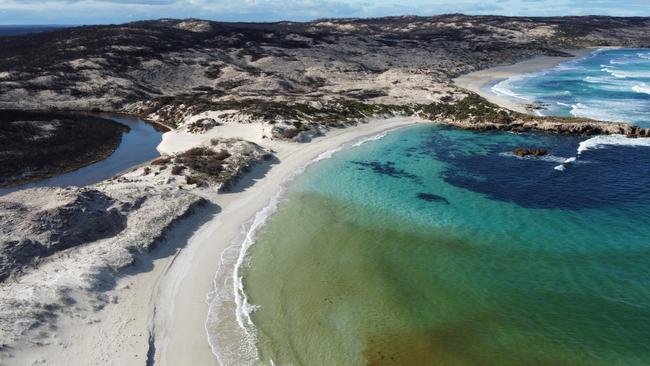
Aerial images reveal KI’s spectacular fire recovery
By Michelle Etheridge
Kangaroo Island’s coastal landscapes are recovering remarkably well from the inferno that ravaged the region, a Flinders University study has found.
PhD candidate Marcio DaSilva has been using satellite and drone imagery to monitor Hanson Bay, Snake Lagoon and Maupertuis Bay, on the island’s west, every two months.
He’s looking into whether fire is a major factor affecting dune landscapes’ stability and increasing the amount of windblown sand.
Mr DaSilva said when he began his study in June last year – five months after the 2019-20 summer blaze that ripped through half the island – he saw the “utter devastation” left in its wake.
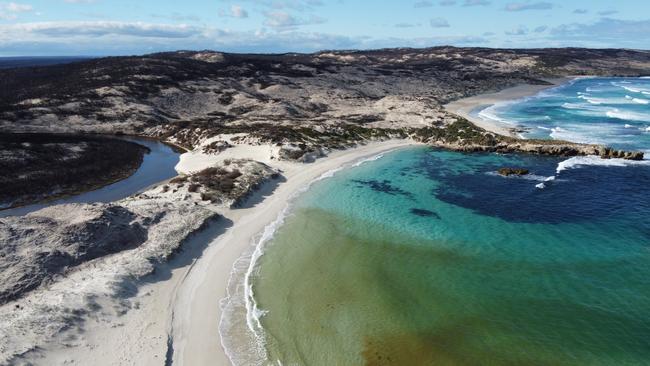
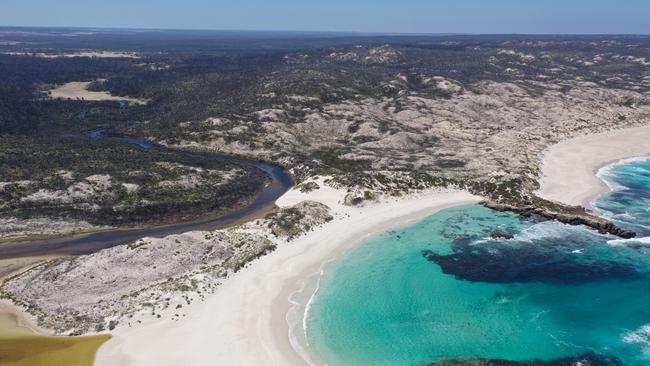
The fires killed two people and 60,000 stock animals, significantly damaged or destroyed 119 homes and burned through 211,000ha, including almost all of Flinders Chase National Park.
“All green vegetation had been burnt to the ground and some mallee roots were exposed (and) … you’d see very little green within the landscape,” he said.
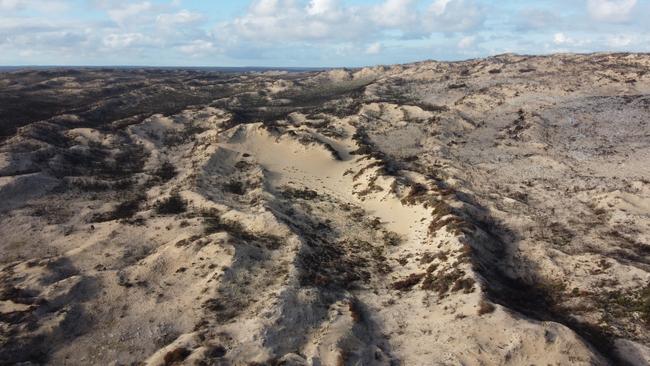
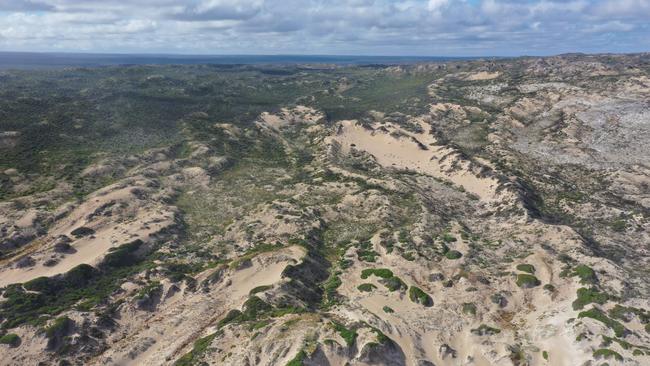
“The only signs of animal life we saw were cat paw prints and didn’t really see many bugs or hear birds.
“(But) over time we’ve started to see evidence of echidnas there and we’ve seen snakes, goannas, lots of birds and bugs returning.
“It’s been really fantastic watching a landscape return, rejuvenate and regenerate over time.”
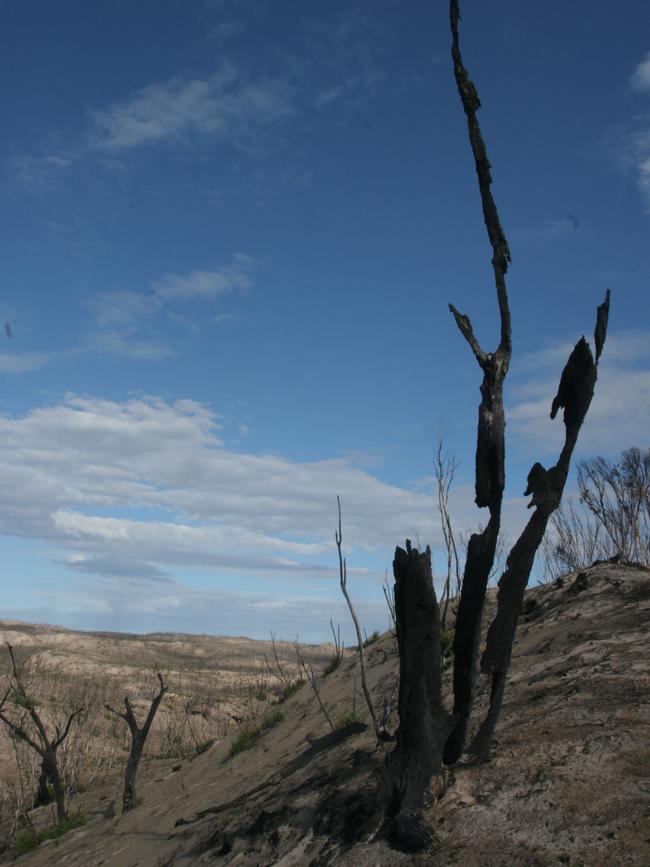
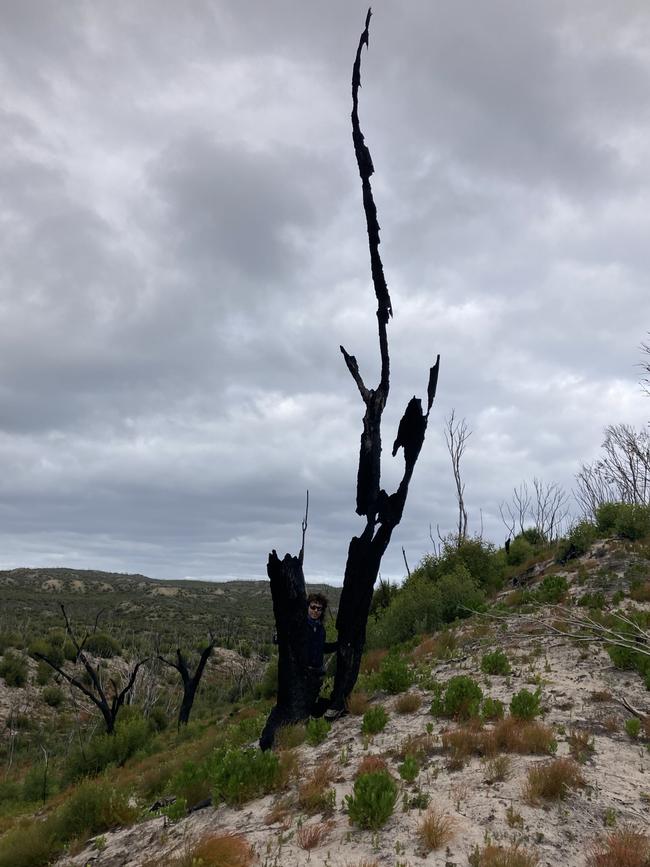
Invasive weed species were quick to return after the fire and many woody species have also resprouted.
Mr DaSilva said his initial findings suggested even though the fire affected nearly all vegetation cover, the dune systems had proved to be resilient.
“It’s been theorised that fire causes landscape instability, and we thought this would be one of those cases because it was such an intense, extreme, fire,” he said.
“But the reality is this landscape’s geomorphology has changed very little.”
The study, funded by the university and Environment Department, will extend at least until June 2022.
“The short-term change in the landscape has been relatively small, but we’re still monitoring for medium to longer term changes,” Mr DaSilva said.
Helping others proves a healing process
She’s raised $60,000 for firefighting equipment, launched a film festival themed around resilience, and set up a website to share locals’ stories.
But Sabrina Davis says the community work she has done since Kangaroo Island’s inferno is contributing to her own healing as much as it’s helping fellow community members.
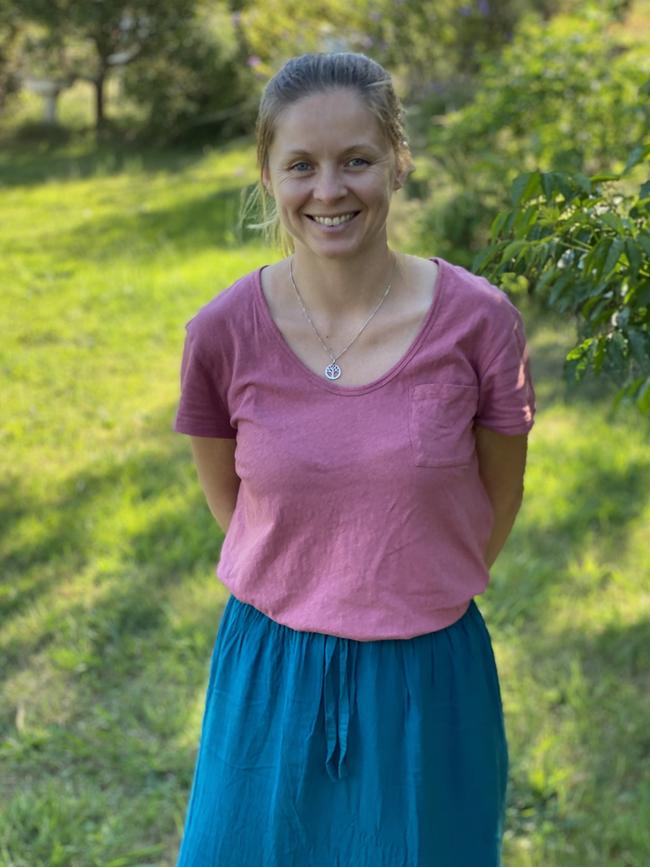
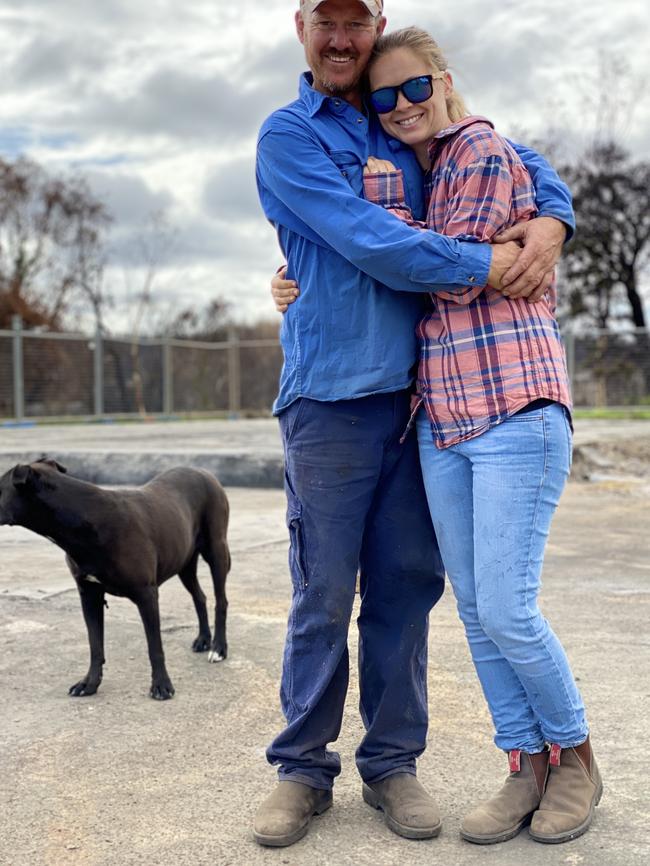
Mrs Davis and her family lost their home in Gosse on January 3, 2020.
“After the fires, seeing the generosity of people … of family, friends, and strangers worldwide, that stunned me,” she said.
“I felt like I was receiving so much and I wanted to give back.”
Her latest venture is the Humans of Kangaroo Island Film & Literature Festival, planned for Parndana from October 8-10.
From July 15, tickets are available for the event, which will include films, poems and stories including many focusing on the island’s resilience after the fires and during Covid-19.
It will also share stories about mental health.
The festival includes an adults only fire-focused session, with works including January 3 – a film Mrs Davis made with American-River based team en plein air films, documenting the journeys of farmers caught up in the blaze.
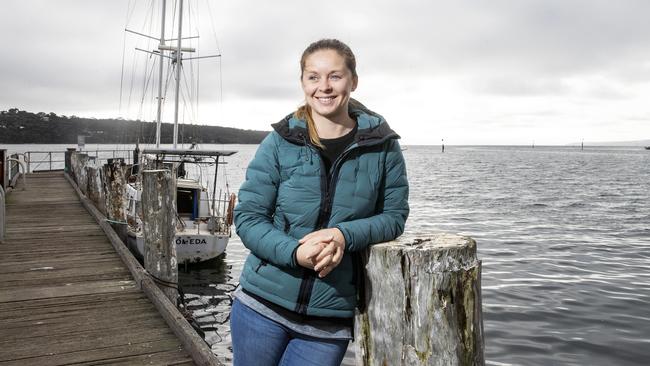
Mrs Davis, named “Community Champion” at this year’s The Advertiser-Sunday Mail Woman of the Year Awards, said her projects made her realise how much community members needed each other during their recovery.
“It’s given me a purpose and early on, a reason to get out of bed, and now it’s just healing me slowly and it’s giving me so much back,” she said.
Mrs Davis and her children moved to Kingscote after the fires, while husband Ben stayed on the farm in emergency accommodation.
The new neighbourhood helped inspire her to launch the Humans of Kangaroo Island website, with short stories about locals.
The family moved back to Gosse on January 3 this year – exactly a year after the blaze – and expect work on their new home to begin within a fortnight.
Mrs Davis said the rebuild’s gradual pace was challenging for locals.
“Even though it’s green up here, the trunks are still burnt and there’s a lot of reminders still,” she said.
Part proceeds from festival tickets will be put towards a yet-to-be-determined community project.
For details, visit www.humansofkangarooisland.com.





